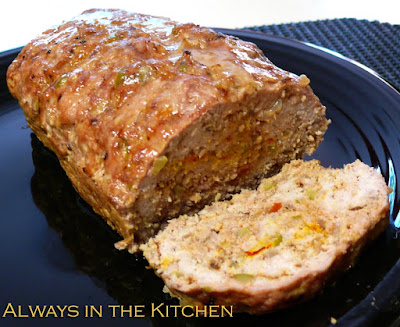 I am supposed to be in Mexico, right now. However, despite heroic attempts by friend and stranger alike, my holiday in the Yucatan has been canceled. The weather did us in. We managed to get as far as on the plane in Seattle, only to be told that they were out of de-icer and the flight was delayed (which soon became canceled). Most flights were canceled from Sea-Tac airport that day, and many more the next. The list of people awaiting standby opportunities was staggering and, with the knowledge that we couldn't possibly get a new flight for a week, we gave up on the whole trip.
I am supposed to be in Mexico, right now. However, despite heroic attempts by friend and stranger alike, my holiday in the Yucatan has been canceled. The weather did us in. We managed to get as far as on the plane in Seattle, only to be told that they were out of de-icer and the flight was delayed (which soon became canceled). Most flights were canceled from Sea-Tac airport that day, and many more the next. The list of people awaiting standby opportunities was staggering and, with the knowledge that we couldn't possibly get a new flight for a week, we gave up on the whole trip.So, shivering in our warm-weather clothes, we struggled home to Canada on a bus, where we have not prepared for Christmas, at all.
The amount of snow around these parts is quite shocking. We're accustomed to mild winters, and despite the occasional Big Dump of Snow, it usually melts quickly and returns us to our regularly scheduled program of wet slush, damp puddles, and snarled traffic.
So, what better way to warm up than soup? And, what better soup to warm up with than one that takes so very few ingredients to make such a comforting dish? We darted out into the snow to secure a few essential provisions, and the soup practically made itself when we returned.
Split Pea Soup
400 g. dried green split peas, rinsed and drained
1 teaspoon olive oil
1 medium onion, diced small
2 cloves garlic, minced
1 stalk of celery, diced small
6 cups water
1 teaspoon vegetable stock concentrate
1 large carrot, diced small
2 cups diced ham
dash kosher salt
white pepper to taste
1 bay leaf
dash dry white vermouth
dash Tabasco sauce
In a large soup-making pot, heat the olive oil and add the onion, garlic, celery, bay leaf and a dash of salt. Allow the veggies to sweat a little, and turn translucent. Add a good dash of white pepper, a splash of vermouth (or water) to free them up from sticking. Add the washed split peas, and the water. Bring to a simmer, and add the concentrate (optional, really, or you could use veggie stock instead of some of the water). Bring to a simmer and let cook at a gentle bubble, for about an hour or until the peas are starting to fall apart.
Remove the bay leaf, and use an immersion blender to mostly-smooth out the soup. Add the diced carrots and the ham, and return soup to a gentle simmer for about twenty minutes (or until carrot pieces are tender and ham is warmed through. Add a dash of Tabasco sauce (or sherry vinegar, if you prefer, just a tiny bit, for brightness), stir through, and serve with a big old crusty bread and maybe some good cheese.
If you have leftovers, like most hearty soups, this one freezes really well. You can double the carrots and leave the ham out if you want a vegan version (although, I would recommend adding a drop or two of liquid smoke, if that's the case). Do resist the temptation to add all kinds of crazy herbs and spices. This soup just doesn't need them.






























